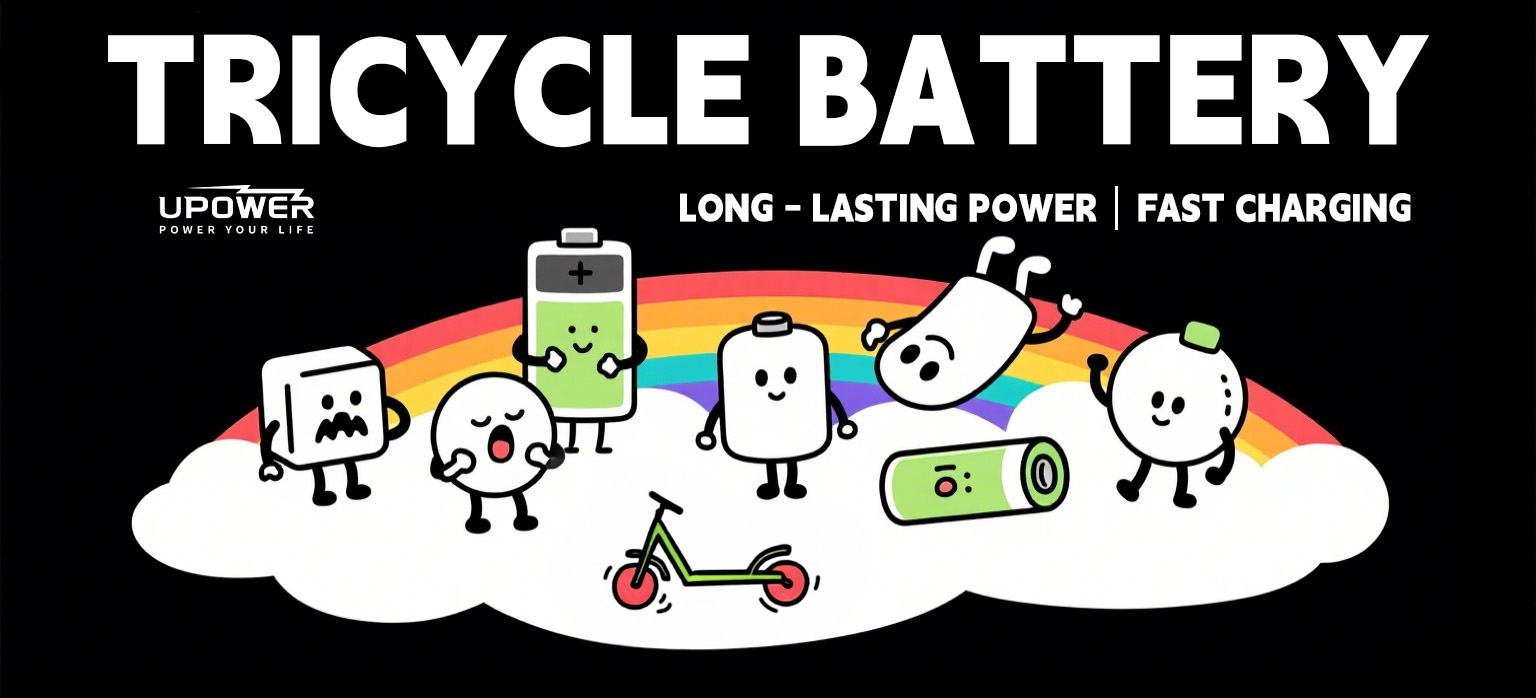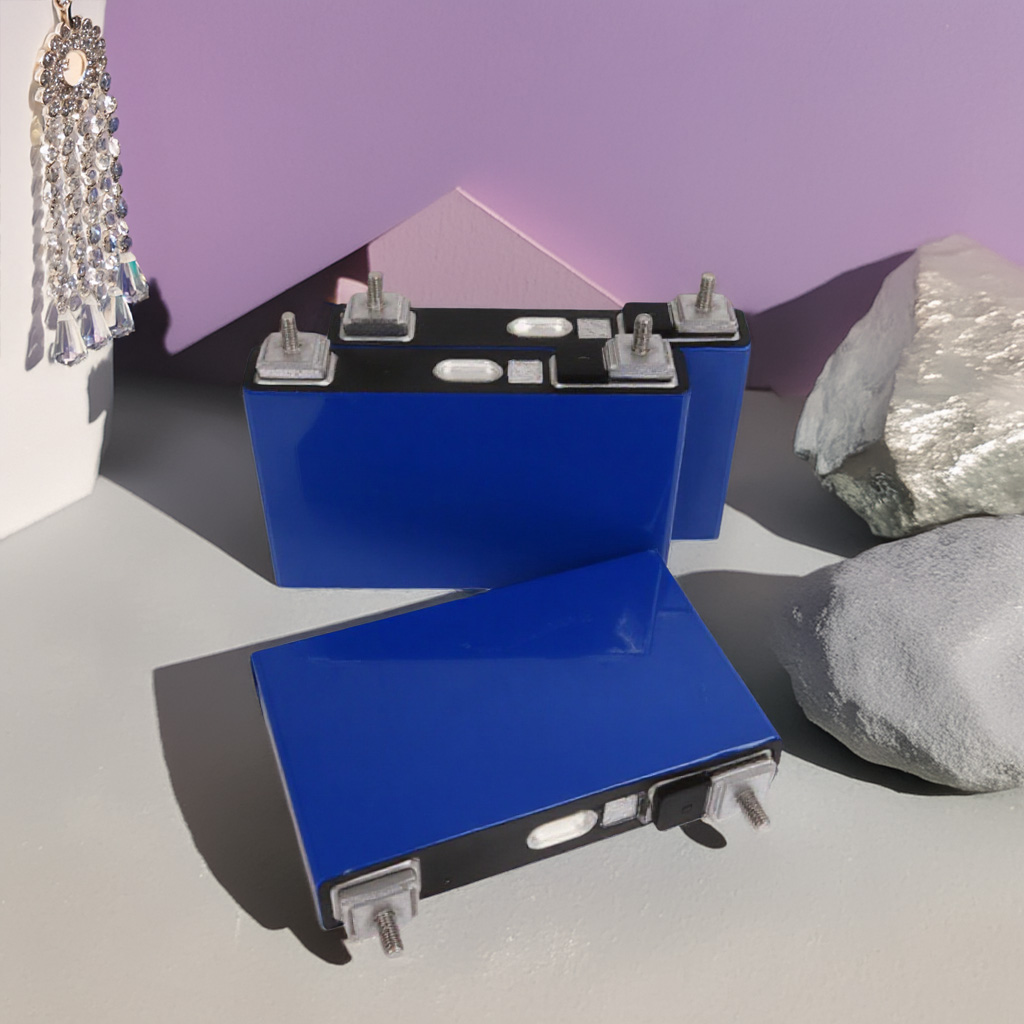Selecting the right tricycle battery is key to ensuring long – lasting power and reliable performance for your vehicle. Whether you use a tricycle for daily commuting, transporting goods, or other purposes, making an informed choice about the battery can save you from frequent replacements and unexpected breakdowns. Here’s a detailed breakdown to help you pick the perfect one.
1. Understand Battery Types
Lead – Acid Batteries
These are the most common and affordable option for tricycles. They come in two main subtypes:
- Flooded Lead – Acid: Require regular maintenance, like checking and adding distilled water to keep the electrolyte level right. They have a lower cost but are heavier and have a relatively shorter lifespan compared to some other types. Good for those on a tight budget and willing to do basic upkeep.
- Sealed Lead – Acid (AGM/GEL): Are maintenance – free. AGM (Absorbent Glass Mat) batteries use a special mat to absorb the electrolyte, while GEL batteries have a gel – like electrolyte. They can handle deeper discharges better and are more vibration – resistant, making them suitable for tricycles that might encounter rough roads. However, they are more expensive than flooded lead – acid ones.
Lithium – Ion Batteries
Gaining popularity due to their advantages:
- High Energy Density: They are much lighter than lead – acid batteries of the same capacity, which is great for reducing the overall weight of the tricycle and can potentially improve speed and energy efficiency.
- Longer Lifespan: Can go through more charge – discharge cycles before their performance degrades. Although they have a higher upfront cost, their longer life might make them cost – effective in the long run.
- Fast Charging: Many lithium – ion batteries support quick charging, so you can get your tricycle back on the road sooner. But they need proper battery management systems to prevent overcharging and ensure safety.
2. Determine the Right Capacity
Battery capacity is usually measured in ampere – hours (Ah). To figure out the needed capacity:
- Assess Your Usage: If you use the tricycle for short, local trips, like running small errands around the neighborhood, a battery with a lower Ah rating (e.g., 20 – 30 Ah for lead – acid) might suffice. But if you’re using it for longer hauls, such as delivering goods across town, you’ll need a higher capacity. For example, a 40 – 50 Ah lead – acid battery or a corresponding lithium – ion equivalent (remember lithium – ion has higher energy density, so the Ah number might be lower but offer similar range).
- Consider Load: If your tricycle is often loaded with heavy items, the battery has to work harder. You should opt for a battery with a higher capacity to maintain a reasonable range. A heavily loaded tricycle might need a battery with at least 30 – 40 Ah (lead – acid) or the lithium – ion equivalent to ensure it can handle the extra strain and still provide enough power.
3. Check Compatibility
Physical Fit
Measure the space available in your tricycle for the battery. The new battery must fit snugly in terms of length, width, and height. Some tricycles have custom – designed battery compartments, so you can’t just assume any battery will fit. Check the dimensions of the existing battery (if replacing) or refer to the tricycle manufacturer’s specifications.
Voltage Match
Tricycles are designed to work with a specific voltage, commonly 12V, 24V, or 48V systems. Using a battery with the wrong voltage can damage the tricycle’s motor and electrical components. For example, a 24V tricycle motor will not function properly with a 12V battery, and vice versa. Make sure the battery voltage matches your tricycle’s requirements.
4. Evaluate Brand and Quality
Reputable Brands
Stick to well – known and established battery brands. Brands like Panasonic, Yuasa (for lead – acid), and Samsung, LG (for lithium – ion cells used in batteries) have a track record of producing reliable products. These companies often have better quality control, so you’re less likely to get a defective battery.
Read Reviews
Look for online reviews from other tricycle owners. They can share their experiences regarding battery lifespan, performance in different weather conditions, and customer service from the battery manufacturer. Pay attention to both positive and negative reviews to get a well – rounded view.
5. Factor in Weather and Environment
Temperature Sensitivity
- Lead – Acid Batteries: Perform poorly in extreme cold. Their capacity can drop significantly, meaning your tricycle might not go as far on a cold winter day. In very hot climates, they can also suffer from accelerated corrosion and water loss (for flooded types).
- Lithium – Ion Batteries: Are more temperature – resilient but still have limits. Extremely high or low temperatures can affect their charging and discharging efficiency. If you live in an area with extreme weather, consider batteries with better temperature tolerance or take measures to protect the battery, like using insulation in cold weather.
Vibration and Terrain
If you ride on rough, bumpy roads often, a battery that can withstand vibration is crucial. Sealed lead – acid (AGM especially) and lithium – ion batteries are better at handling vibration compared to flooded lead – acid batteries. This is because they have more robust internal structures that don’t get damaged easily by constant shaking.
6. Maintenance Requirements
For Lead – Acid Batteries
- Flooded Types: As mentioned, need regular water top – ups. You also have to check the battery terminals for corrosion and clean them periodically. Make sure the battery is properly charged and not left in a discharged state for too long, as this can shorten its life.
- Sealed Types: Require less maintenance but still need to be kept charged properly. Avoid over – discharging them, as it can harm the battery’s lifespan.
For Lithium – Ion Batteries
Need a good battery management system (BMS) to monitor charging and discharging. While they are low – maintenance in terms of physical upkeep, you should still avoid exposing them to extreme temperatures and overcharging. Most modern lithium – ion batteries for tricycles come with built – in BMS, but it’s good to be aware of its functions.
By considering all these factors – battery type, capacity, compatibility, brand, environment, and maintenance – you can choose a tricycle battery that provides reliable power, suits your usage needs, and offers good value for money in the long term.
At Ulipower, we excel in developing high-performance battery solutions customized to your precise needs. Whether you’re operating in sub-zero environments or require a specific voltage-capacity configuration, our low-temperature pouch and prismatic LiFePO4 batteries are engineered for reliable performance. Ranging from 1Ah to 100Ah in capacity, each battery adheres to the strictest quality and durability standards.
Post time: Jun-06-2025










